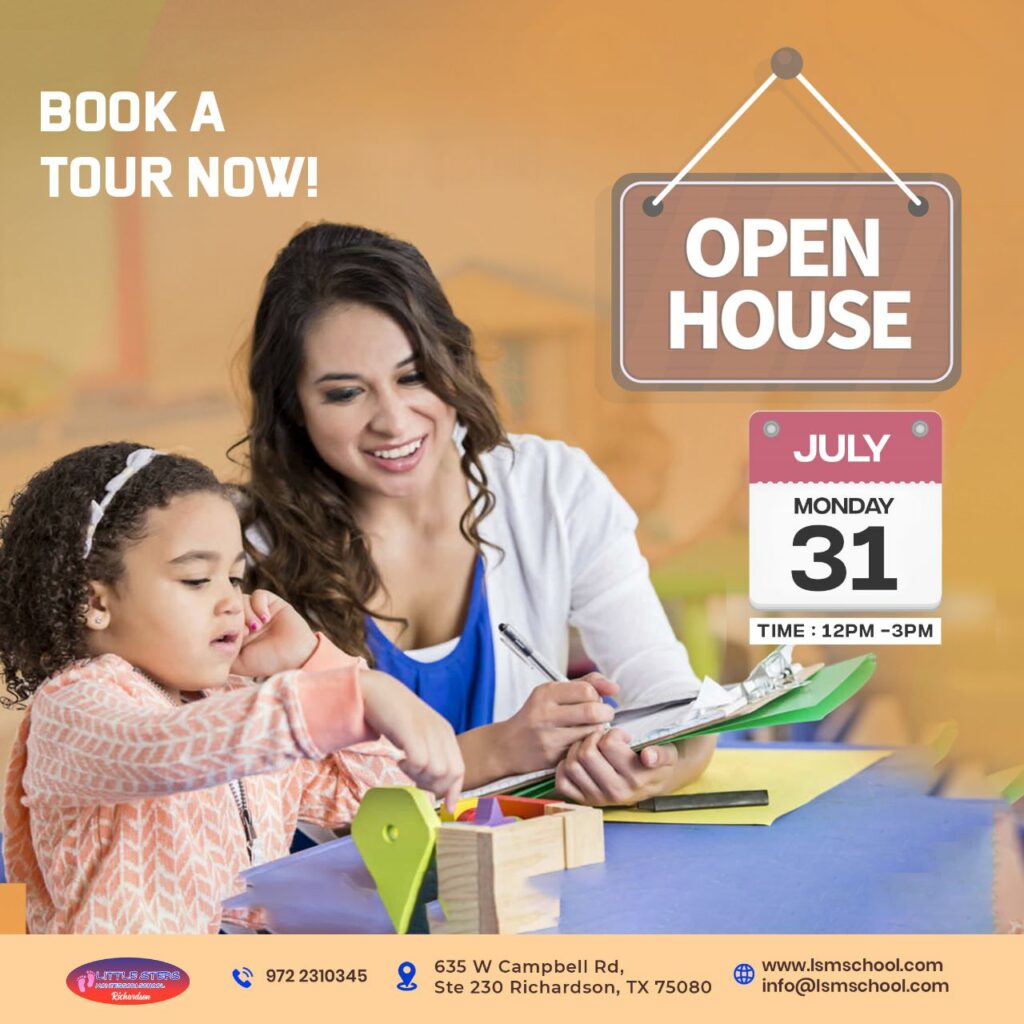Introduction: The Essence of the Prepared Environment
The concept of the prepared environment is pivotal in the Montessori method of education. It is not just about physical space; it embodies a philosophical approach, combining aesthetics, functionality, and educational strategy to foster a child’s independence, curiosity, and love for learning.
In the world of Montessori education, the concept of “The Prepared Environment” stands as a testament to a revolutionary approach towards children’s learning and development. This principle is not merely about the physical arrangement of space but is an intricate blend of design, psychology, and pedagogy aimed at fostering independence, exploration, and growth.
Key Principles of a Prepared Environment
Child-Centered Design
The prepared environment is tailored to meet the developmental needs of children. Everything from furniture to learning materials is scaled down to child-size, promoting a sense of ownership and independence. We ensure that children can access and use the materials without adult intervention.
Freedom with Responsibility
Children are free to explore, but with this freedom comes responsibility. We establish clear boundaries and expectations that teach children to care for themselves, others, and their surroundings.
It empowers children to make choices and explore within a structured environment, guided by clear boundaries and expectations. This delicate balance fosters self-discipline, critical thinking, and a sense of personal responsibility, essential attributes that contribute to the holistic development of the child.
Beauty and Simplicity
Aesthetic considerations play a vital role. We believe that a beautiful and uncluttered space invites children to engage, explore, and learn.
Spaces are designed with natural, aesthetically pleasing materials that are not overwhelming, fostering a calm and inviting atmosphere. The simplicity ensures that children can focus on their tasks without unnecessary distractions, while the beauty in the surroundings helps inculcate an appreciation for aesthetics.
Accessibility and Order
Materials are displayed openly on shelves, encouraging self-initiated learning. The consistent placement of these materials fosters a sense of order, aiding in the child’s cognitive development.
Everything in a Montessori classroom is placed within reach of the children, and items are organized logically. This fosters independence as children can select and return materials themselves.
Creating a Prepared Environment: Step by Step
1. Understanding the Child’s Needs
We begin by assessing the developmental needs and interests of the children. This assessment guides us in selecting appropriate materials and designing an environment that aligns with their natural curiosity and drive to learn.
2. Choosing the Right Materials
Careful selection of Montessori-approved materials ensures that they are developmentally appropriate and engaging. We meticulously choose materials that are functional, attractive, and purposeful.
3. Designing the Space
We consider spatial relationships, lighting, color, texture, and flow in designing the environment. Attention to these details fosters a sense of calm, focus, and engagement.
4. Monitoring and Adapting
The prepared environment is dynamic. We constantly observe and adapt to meet the changing needs and interests of the children, ensuring that the environment remains responsive and stimulating.
Conclusion: The Ongoing Journey
The prepared environment is not a static concept; it evolves with the child. It’s a delicate balance of structure and freedom, aesthetics and functionality. We are committed to the continuous nurturing of this environment, recognizing its profound role in shaping independent, thoughtful, and compassionate individuals.
The concept of The Prepared Environment in Montessori education underlines the critical role of creating spaces that foster exploration and growth. By carefully designing environments with accessibility, order, and freedom, children are encouraged to learn at their own pace. This allows for a natural unfolding of skills and talents tailored to each individual child’s needs and interests.










